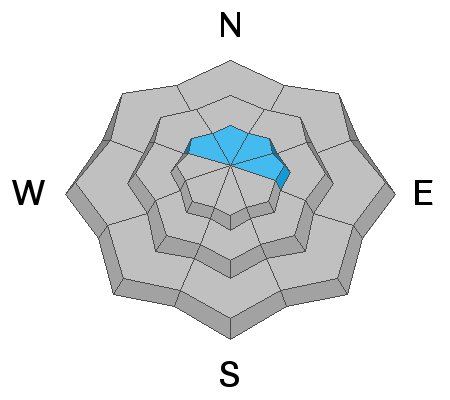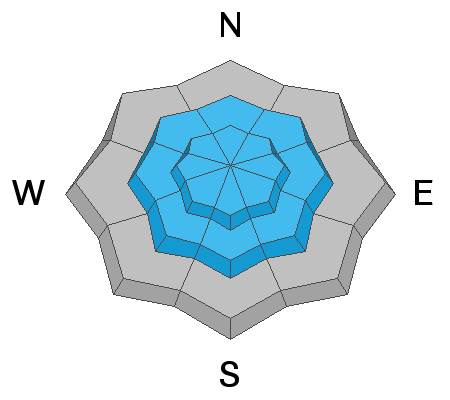Forecast for the Salt Lake Area Mountains

Issued by Trent Meisenheimer on
Sunday morning, April 21, 2019
Sunday morning, April 21, 2019
The avalanche danger is MODERATE at the upper elevation northeast through easterly facing terrain for shallow wind drifted snow. There is also a MODERATE danger for shallow, wet snow sluffs on all steep mid and upper elevation terrain. The rain snow line will stay between 8,000'-9,000' for the day.
Any period of strong sunshine can make the new snow unstable in a matter of minutes. Keep an eye on the new snow to see how wet and heavy it's becoming as it heats throughout the day.
Any period of strong sunshine can make the new snow unstable in a matter of minutes. Keep an eye on the new snow to see how wet and heavy it's becoming as it heats throughout the day.

Low
Moderate
Considerable
High
Extreme
Learn how to read the forecast here









